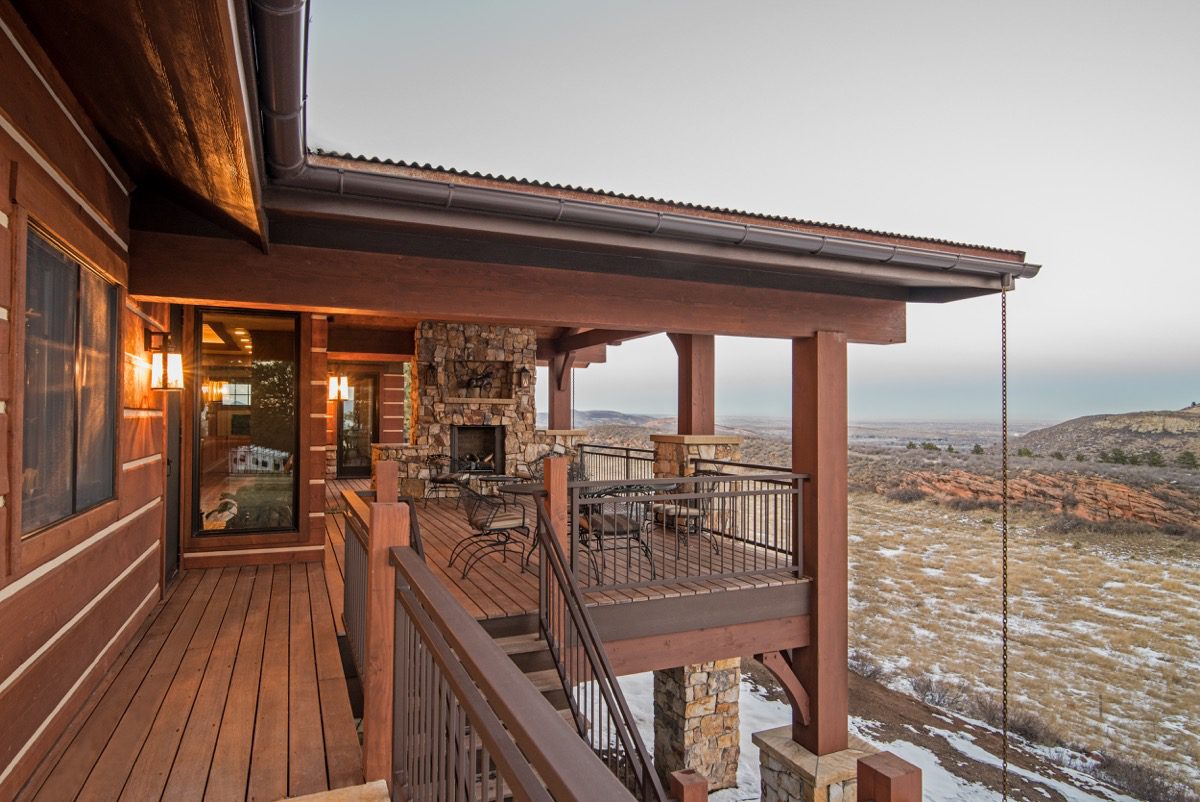As architects and interior designers, we understand that a home is more than just bricks and mortar; it is a sanctuary that weaves with the surrounding environment. One often overlooked but profoundly influential aspect of a home’s design is the power of views both to and from the residence. Views contribute not only to the aesthetics but also to the functionality and well-being of its inhabitants. A well-considered view can transform a living space into a harmonious retreat, connecting residents with nature and creating an enduring sense of tranquility.

Thoughtful Integration of Environmental Surroundings
The allure of a carefully framed panorama can elevate the architectural experience, transcending the boundaries between the interior and exterior. Whether it’s the gentle sway of trees, a serene waterfront, or a captivating mountain scene, the power of views becomes a timeless element that evolves with the changing seasons and years.
A thoughtfully designed home considers the placement of windows, balconies, and outdoor spaces to maximize the potential of these vistas, creating a dynamic interplay between the constructed environment and the natural world.

Influence of Views
The influence of views extends beyond mere aesthetics, impacting the well-being of occupants. Successful architecture balances two seemingly opposing purposes, to shelter its residents from the exterior elements while also providing a connection to the outdoor environment. Carefully locating the doors and windows on the home’s exterior offers favorable views from within that coordinate with the home’s interior functions while creating an aesthetically pleasing and well-proportioned façade on the exterior of the home.

Intersection of Well-Being and Aesthetics
The influence of views extends beyond mere aesthetics, impacting the well-being of occupants. Successful architecture balances two seemingly opposing purposes, to shelter its residents from the exterior elements while also providing a connection to the outdoor environment. Carefully locating the doors and windows on the home’s exterior offers favorable views from within that coordinate with the home’s interior functions while creating an aesthetically pleasing and well-proportioned façade on the exterior of the home.
Exposure to natural light and captivating scenes has been proven to reduce stress, enhance mood, and boost overall mental health. Architects, therefore, bear the responsibility of harnessing the power of views to promote a holistic living experience. In doing so, they create spaces that not only serve as shelters but also as rejuvenating havens that nurture the mind and spirit.

In Conclusion
The power of views is an enduring and transformative element in architectural design. Architects play a pivotal role in sculpting spaces that not only shelter but also inspire and rejuvenate through carefully considered vistas. As we navigate the ever-evolving landscape of design trends, let us not forget the timeless influence of views, recognizing their capacity to create homes that stand as both functional abodes and timeless works of art.

Chris Aronson, AIA, is Principal Architect and Taylor Meyer, AIA, is a Project Architect at VFLA, an award-winning architecture firm in Fort Collins, Colorado which grounds its practice on sustainable design and a passion for enhancing the human experience through thoughtful design.

